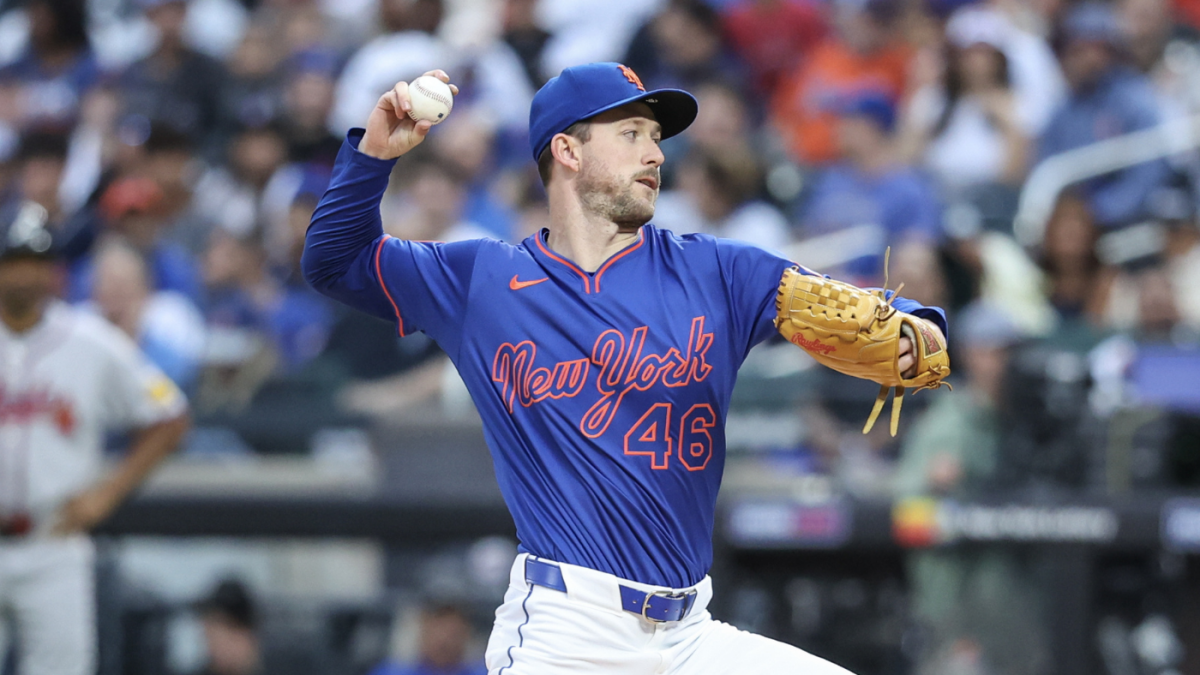Griffin Canning’s Achilles injury is a significant blow to both the pitcher and the New York Mets, highlighting the fragility of professional athletes and the strategic challenges teams face in managing injuries. The rupture of the Achilles tendon, a severe and often career-altering injury, has abruptly ended Canning’s promising 2025 season and raised questions about his future performance and the Mets’ ability to adapt.
The Nature of the Injury and Its Immediate Impact
Achilles tendon ruptures are among the most debilitating injuries in sports, often requiring surgical intervention and extensive rehabilitation. Canning’s injury occurred during a game against the Atlanta Braves, where he exited in the third inning after his left Achilles tendon ruptured. The injury was confirmed by MRI scans, and Canning was subsequently placed on the 60-day injured list. This type of injury typically results from a sudden, forceful loading of the tendon, often during explosive movements such as running or pushing off the foot. While more common in sports like basketball and tennis, Achilles injuries in baseball pitchers are particularly concerning due to the reliance on lower body strength and stability for pitching mechanics.
The immediate impact on the Mets is substantial. Canning had been a key contributor to the team’s rotation, posting a 7-3 record with a 3.77 ERA in 16 starts before the injury. His loss leaves a significant void in the Mets’ pitching staff, which was already dealing with injuries to other key pitchers like Kodai Senga and Tylor Megill. The team has had to rely on relief pitchers and promote minor league talent to fill the gaps, highlighting the challenges of maintaining competitive depth in the face of unexpected injuries.
The Road to Recovery and Rehabilitation
Recovery from an Achilles tendon rupture is a lengthy and complex process, typically requiring 9 to 12 months of rehabilitation. For pitchers, the recovery is even more challenging due to the demands of pitching mechanics on the lower body. The rehabilitation process involves a combination of physical therapy, strength training, and progressive throwing exercises designed to restore strength, flexibility, and confidence in the injured leg.
Psychological factors also play a crucial role in the recovery process. Athletes must cope with the uncertainty of returning to their pre-injury performance levels and the frustration of being sidelined for an extended period. For Canning, this injury represents a significant setback, but it is not necessarily career-ending. Many pitchers have successfully returned from similar injuries, though the process requires patience, resilience, and support from medical and coaching staff.
The Mets’ Strategic Adjustments and Long-Term Implications
The Mets’ response to Canning’s injury underscores the importance of roster flexibility and strategic planning. The team has had to quickly adjust its rotation, promoting pitchers like Blade Tidwell and Colin Poche to fill the void left by Canning’s absence. This shift highlights the Mets’ reliance on minor league talent to mitigate the impact of injuries, a strategy that balances competitive goals with personnel constraints.
The long-term implications of Canning’s injury extend beyond the 2025 season. The Mets will need to carefully manage his rehabilitation and eventual return to ensure he regains his pre-injury form. This may involve monitoring his workload, adjusting his pitching mechanics, and providing ongoing support to address any psychological or physical challenges that arise during his recovery.
For Canning, the injury presents an opportunity to reflect on his career trajectory and the steps needed to return to the major leagues. While the 2025 season is effectively lost, the focus will shift to preparing for a potential return in 2026. The Mets’ ability to support Canning during this period will be crucial in determining his long-term success and the team’s competitive prospects.
Broader Implications for MLB and Injury Management
Canning’s injury also raises broader questions about injury prevention and management in Major League Baseball. Teams invest heavily in scouting, developing, and maintaining a deep pitching staff to account for unexpected injuries. However, the sudden loss of a key player like Canning underscores the challenges of managing injury risks in a physically demanding sport.
The Mets’ response to Canning’s injury highlights the importance of having a robust minor league system and the ability to quickly adapt to personnel changes. It also emphasizes the need for ongoing discussions about workload management, injury prevention strategies, and the role of analytics and biomechanics in preserving player health.
Conclusion: Resilience and the Path Forward
Griffin Canning’s Achilles injury is a significant setback, but it is not the end of his career. The Mets’ ability to adapt to this challenge will be crucial in maintaining their competitive edge, while Canning’s recovery will test his resilience and determination. The road to recovery is long and arduous, but with the right support and strategic planning, there is hope for a successful return.
The broader implications of this injury extend beyond the Mets and Canning, highlighting the ongoing challenges of managing injuries in professional sports. As the Mets navigate the remainder of the 2025 season without Canning, they will be reminded of the importance of resilience, adaptability, and the enduring spirit of the game. For Canning, this injury represents a test of his character and a chance to prove that even the most daunting setbacks can be overcome with perseverance and support. The Mets’ season continues, shaped but not shattered by this loss, a testament to the enduring nature of the sport and the athletes who play it.











